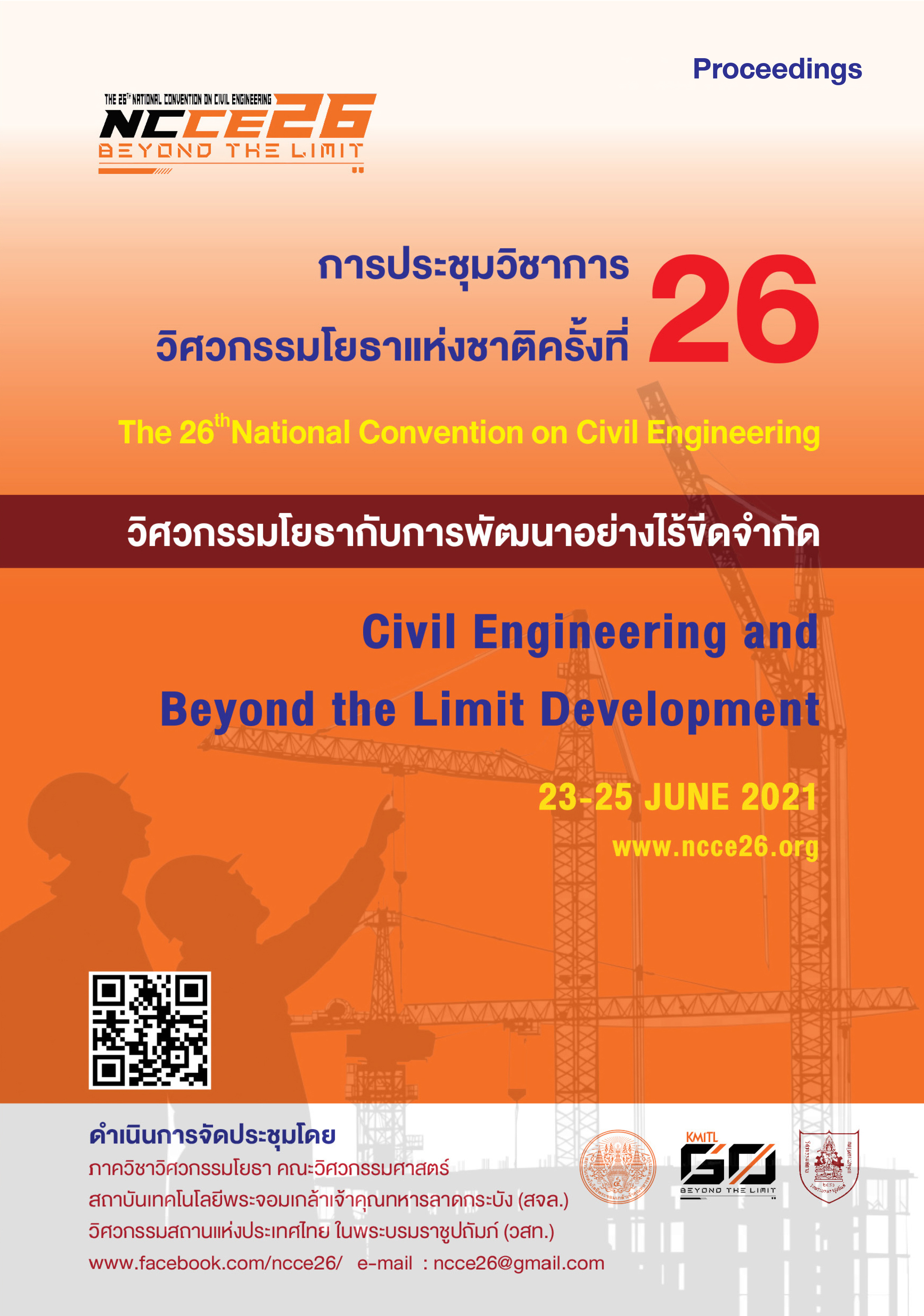The Study of Factors that Influence Modal Shift Towards Active Mobility
Keywords:
Modal shift, Physical Activity, Active MobilityAbstract
The world is facing various threats to health, such as air pollution, non- and communicable diseases. These threats silently affect the well-being of people. Consequently, World Health Organization (WHO) proposes an idea to encourage physical activity in daily routine to improve the overall health of people in the society. One of the daily routines considered is called “Active Mobility”. This refers to the transport of people based on physical activity such as walking and cycling. The concept is being applied and seems to be successful in reducing several health challenges in many countries such as Singapore, Japan and United Kingdom. Thailand also makes a great effort to promote walking and cycling in the country. However, the result of the campaign is not clear, and many people still do not change their travel behavior to active transport. This paper aims to tackle this problem by investigating factors that Influence modal shift towards active mobility. The King Mongkut's Institute of Technology Ladkrabang (KMITL) is used as a case study. The results obtained will be in form of the countermeasures that can sustainably create the modal shift from motorised travel to active transport in KMITL.
Downloads
Downloads
Published
How to Cite
Issue
Section
License
บทความทั้งหมดที่ได้รับการคัดเลือกให้นำเสนอผลงานในการประชุมวิชาการวิศวกรรมโยธาแห่งชาติ ครั้งที่ 26 นี้ เป็นลิขสิทธิ์ของ วิศวกรรมสถานแห่งประเทศไทย ในพระบรมราชูปถัมภ์



